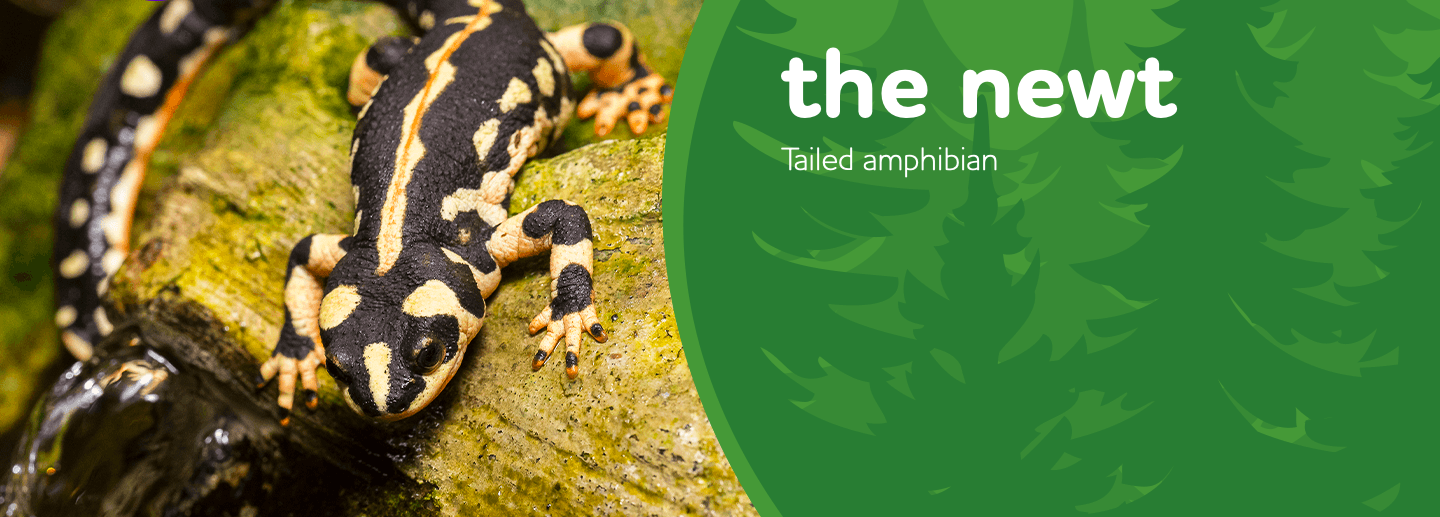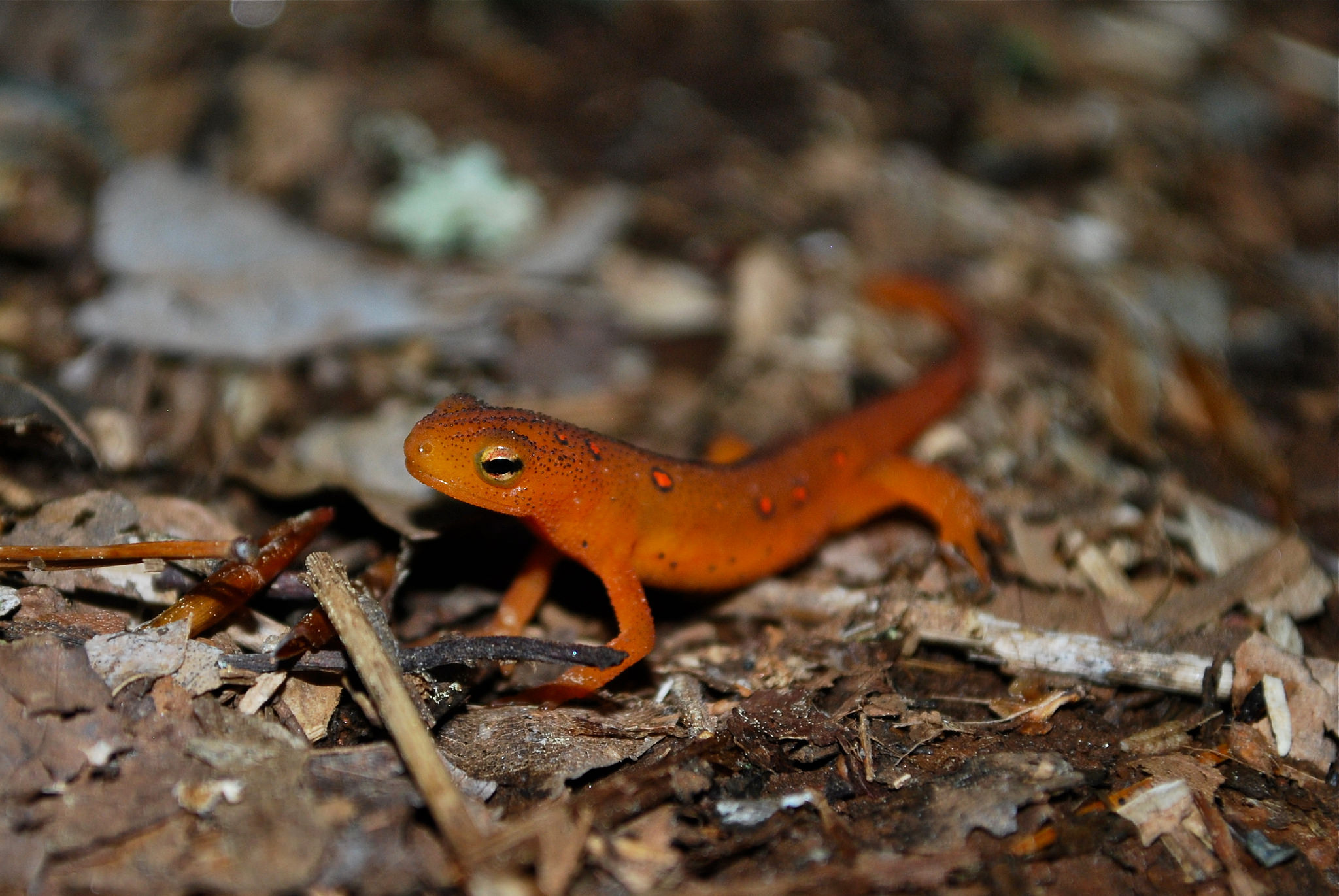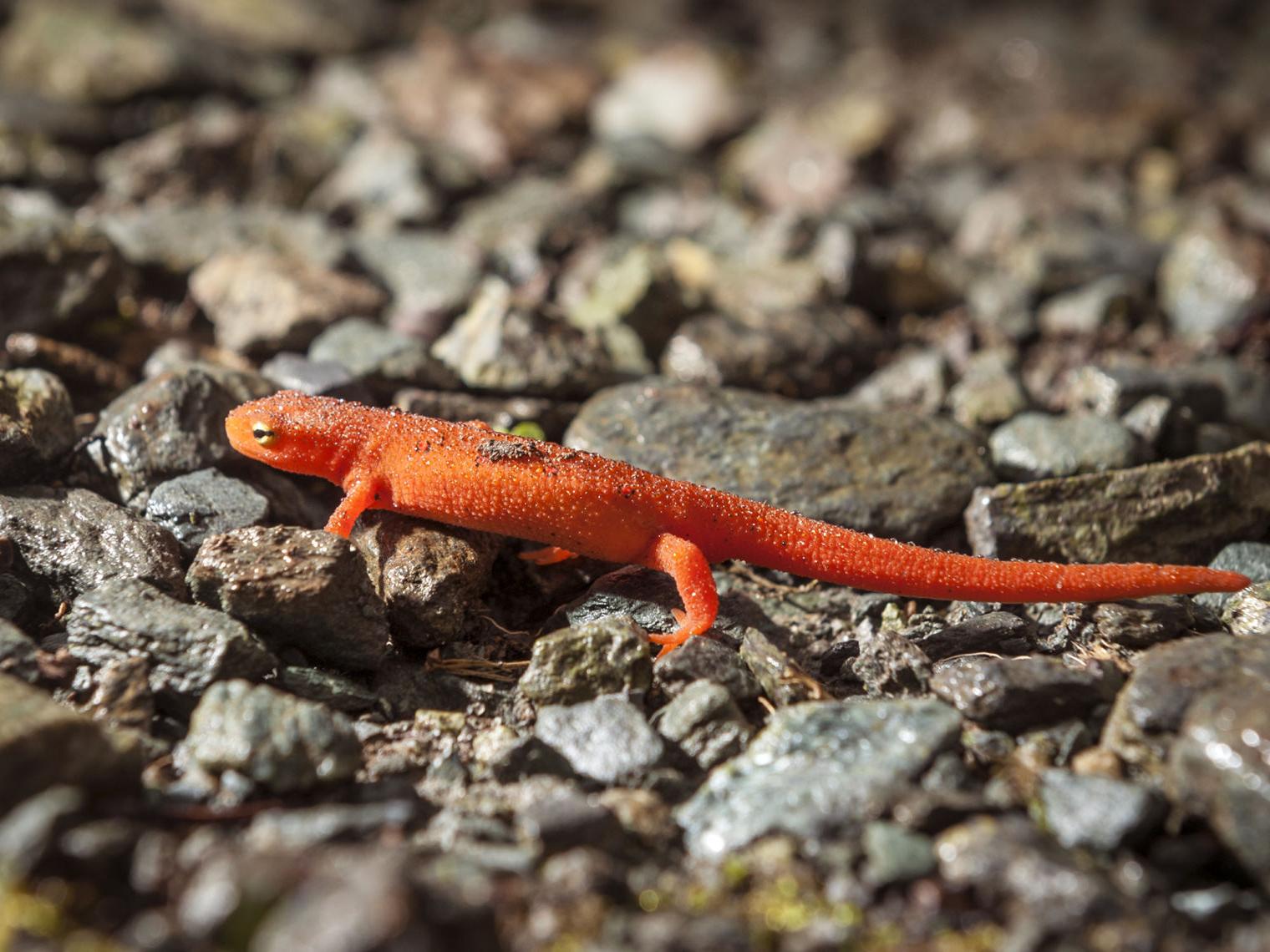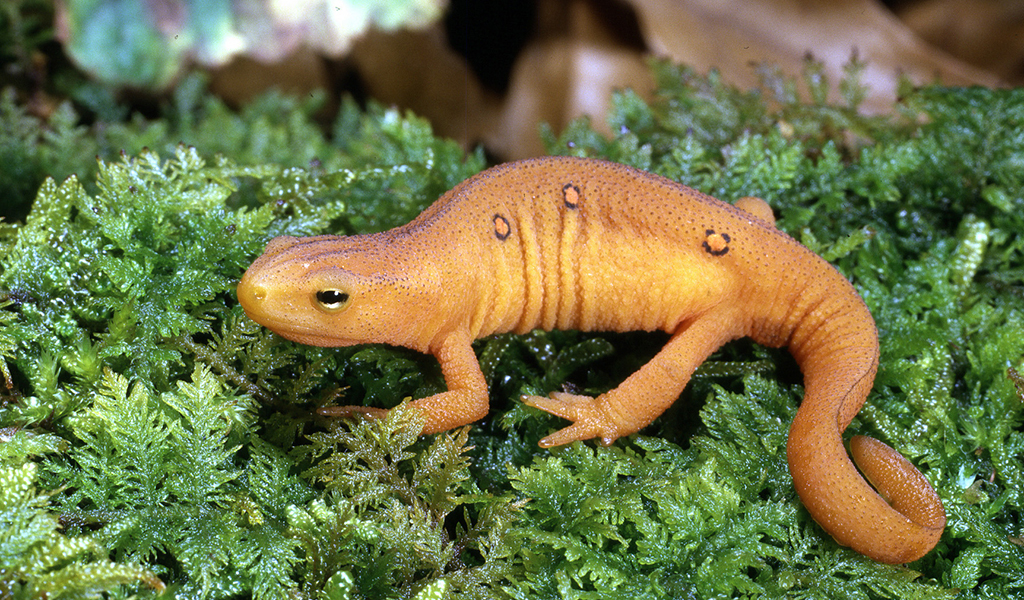STATUS
Critically Endangered


Newts are small semi-aquatic amphibians that look like a cross between a frog and a lizard. Newts possess several interesting characteristics. For example, though they may look cute and harmless, they can be dangerous; toxins secreted through the skin as a defense mechanism could kill a person. Newts also can regrow lost limbs and organs. That ability makes them important subjects in medical studies on regeneration. Also, some newts have flown on space missions.
Newts have lizard-shaped bodies with four legs and long tails. Most have smooth and moist skin, though some species, such as rough-skinned newts have, as one might expect, rough, grainy skin. Most species have well-developed lungs, while some retain gills and are completely aquatic.
Newts can be found all over the Northern Hemisphere in North America, Europe, Asia and north Africa. Some live on land while others live almost exclusively in water. For example, the alligator newt lives on the southern islands of Japan in swamps, forests, grasslands and croplands. The eastern red-spotted newt is found in eastern North America in ponds, lakes and marshes.
Many newts rely on their skin color - green, black or brown - to camouflage them and escape the notice of predators. Others are marked with bright warning colors to indicate they are toxic and would not make a good meal, according to Caudata Culture.

STATUS
Critically Endangered

SCIENTIFIC NAME
Pleurodelinae

POPULATION
Only 100 Species left

LENGTH
smaller than 8 inches (20 centimeters)

WEIGHT
0.22 to 0.37 ounces (6.3 to 10.6 grams).

HABITAT
TROPICAL FORESTS

We can say that they contribute to "ecosystem services". One service is the cycling of nutrients from water to land and back again,
Adult newts have lizard-like bodies and return to the water every year to breed, otherwise living in humid, cover-rich land habitats.
Newts are threatened by habitat loss, fragmentation and pollution. Several species are endangered, and at least one species, the Yunnan lake newt, has become extinct recently.
In winter, all newts hibernate, usually under logs, or stones, never far from water. ... They feed on tiny water creatures such as water fleas and worms, and even prey on smaller newt tadpoles. At the end of the summer the fully formed, tiny newts leave the water to live on the land.
The main predators of young newts and the eggs (and of most other pond life) are fish. Larger predators such as foxes, grass snakes and herons eat the adults.




